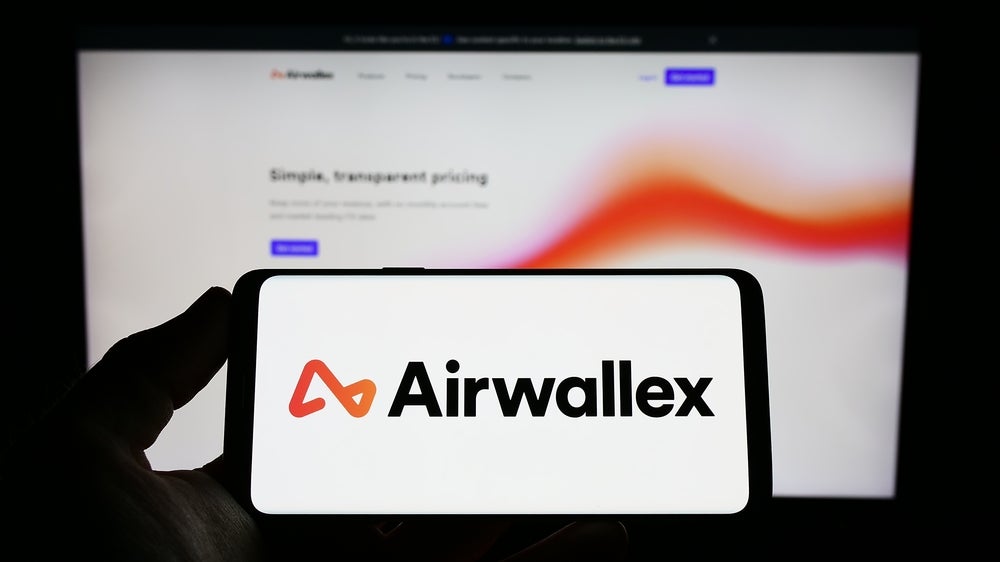Leading Figure in the Embedded Payment Industry
Embedded finance has sent shockwaves through the fintech world in recent years. There is big potential and benefits to both consumers and businesses. Consumers get easier, convenient access to financial services. Businesses have more opportunities for growth and a way to develop new revenue streams.
Why? Embedded finance enables non-financial businesses to integrate financial products into their own services and technology platforms. Embedded finance is a duvet covering many pillars, and it can come in many shapes and sizes. Some know it as Tesla’s embedded insurance offering, while others will think of Buy Now Pay Later (BNPL) and the dozens of fintech success stories – like Klarna – it spawned. But while these use cases may grab the headlines, the real money-making opportunity in a choppy financial market lies elsewhere.
The biggest commercial driver for businesses is embedded payments. In other words: where businesses can streamline payment processes for end users, allowing them to process transactions directly at the point of service – without being rerouted to another app or page. This might not sound like a big deal, but the market value of embedded payments is expected to reach £2.1 trillion by 2026 – marking a three-fold increase on today’s levels.
Software platforms which recognised the embedded payments opportunity early are now profiting from every transaction they process and are offering a superior user experience. But how did embedded payments become such a big part of the embedded finance pie, and what’s next for the technology?
Where it all started – integrated payments
Software platforms incorporate payment systems into their products to help businesses bring seamless buying experiences to their customers. Today, we know this as embedded payments, but there’s no doubt that ‘integrated payments’ ignited this trend.
Integrated payment technology has been around for decades. It refers to the process where businesses would choose multiple payment providers to integrate different payment functionalities into their existing software – or simply put, a ‘one to many’ approach. Historically, this has meant firms have had to integrate with multiple payment vendors. Users of the software would then have to decide which payment provider they want, contract and negotiate terms with that provider and manage a separate vendor relationship.
How well do you really know your competitors?
Access the most comprehensive Company Profiles on the market, powered by GlobalData. Save hours of research. Gain competitive edge.

Thank you!
Your download email will arrive shortly
Not ready to buy yet? Download a free sample
We are confident about the unique quality of our Company Profiles. However, we want you to make the most beneficial decision for your business, so we offer a free sample that you can download by submitting the below form
By GlobalDataFast forward to today, and we’re now seeing payments being directly embedded into software, enabling businesses to combine their payment and software mechanisms together in one package – or a ‘one-to-one’ approach. This one-two-punch is the main differentiator between integrated and embedded payments.
Embedded payments is unlocking hidden benefits
In more recent years, we’ve seen exponential growth among software companies like Shopify and Toast. This can be attributed to the new revenue streams that have been unlocked by embedded payments.
Specifically, embedded payments are helping software businesses to process or ‘facilitate’ their own transactions. And the return on investment is clear. Software systems that embed payments into their platforms experience up to a fivefold increase in value per client.
A payment facilitator (PayFac) can process payments for their customers through authorisation from an acquiring bank. This is a powerful tool for businesses, as software systems with embedded payment mechanisms can offer a single sale, experience, and price that’s both simple and immediate.
Meanwhile, the software platforms, themselves, can earn a percentage from each new item added to a user’s basket. By processing payments for businesses, software providers share in their revenues, so a bigger pie means more revenue for everyone – a win-win situation.
For small-to-medium-sized businesses, this is an ace in the hole as it accelerates customer speed to purchase. Rather than redirecting users away from their own channels – i.e. to a third-party gateway – embedded payments enables the user journey to take place under one roof. This helps to reduce friction and boost customer loyalty.
That said, not all businesses have the capital, human resources, or time to process payments themselves – since this requires having a licence to be an Authorised Payment Institution. That’s why we’re seeing forward-thinking businesses choosing to partner with a payment orchestrator instead. This enables software firms to embed payments into their platforms while removing the hassle and risk burden, as these partners are already licensed.
What’s in store for embedded payments?
Whatever the use cases of the software, embedded payments will find its way into them. With specialised software targeted at different sector verticals increasingly coming to market, the sky’s the limit for this component of embedded finance.
So far, we’ve already seen embedded payment take off in industries such as education, the charity sectors, and healthcare, as they look to digitise operations and improve the user experience. Transitioning to the digital ecosystem might seem daunting for some, but software systems equipped with embedded payment functionalities make that process all the much easier.
In the short term, we can expect to see more software specialists emerge across sectors, furthering the adoption of embedded payments in their current form. Looking ahead, we’ll also see the growth of connected devices in the acceleration toward the internet of things.
This presents more opportunities for businesses to upsell their services and profit from new revenue streams. Take cars for example. We’re now seeing additional services such as roadside assistance appointments being booked and paid for through vehicles themselves – i.e. in-car payments. As the volume of connected devices – and the embedded payments opportunity – grows in the years ahead, so too will the appetite among businesses to leverage these devices as core sales channels.
This means software companies that integrate with such devices can profit from these developments, earning a split of the newfound revenue through embedded payments.
The dawn of embedded finance means the collision between fintech and other sectors is not just inevitable – it’s already here. With a looming recession and global market downturn, it’s essential that businesses leave no stone unturned in the hunt for untapped revenue. As the biggest slice of the embedded finance pie, embedded payments presents the biggest opportunity and commercial imperative for software platforms, and their customers, alike.
Ralph Dangelmaier is CEO of BlueSnap








Related Company Profiles
Tesla Inc